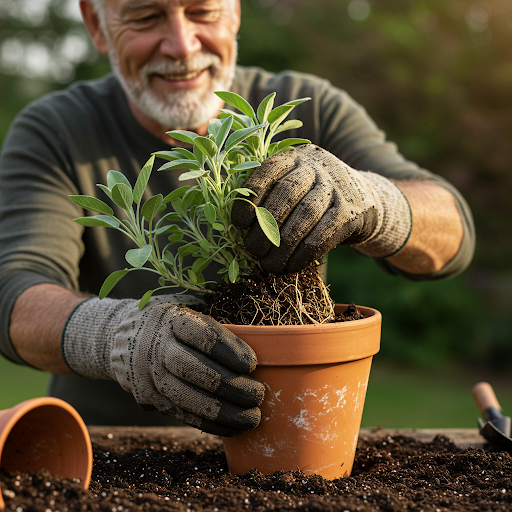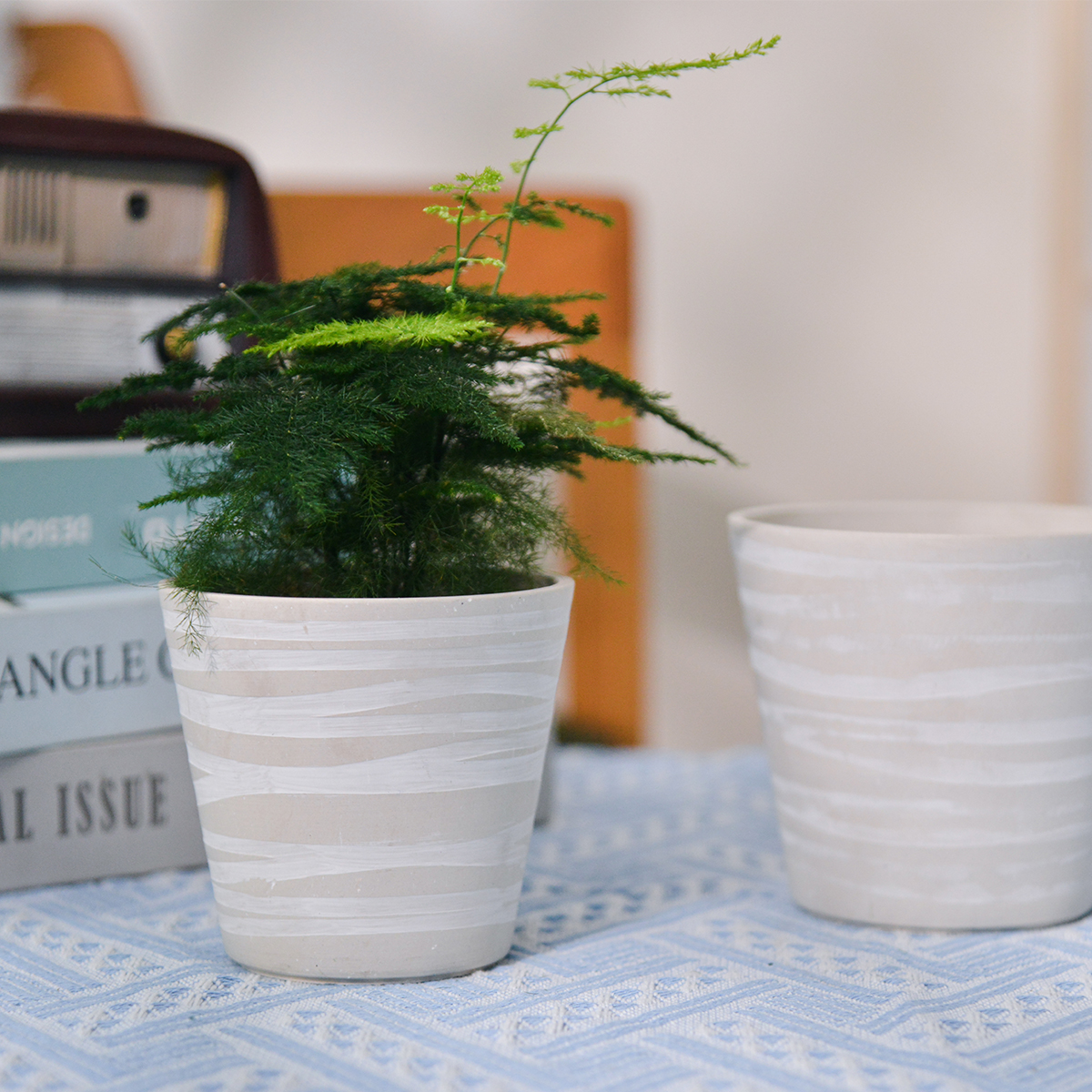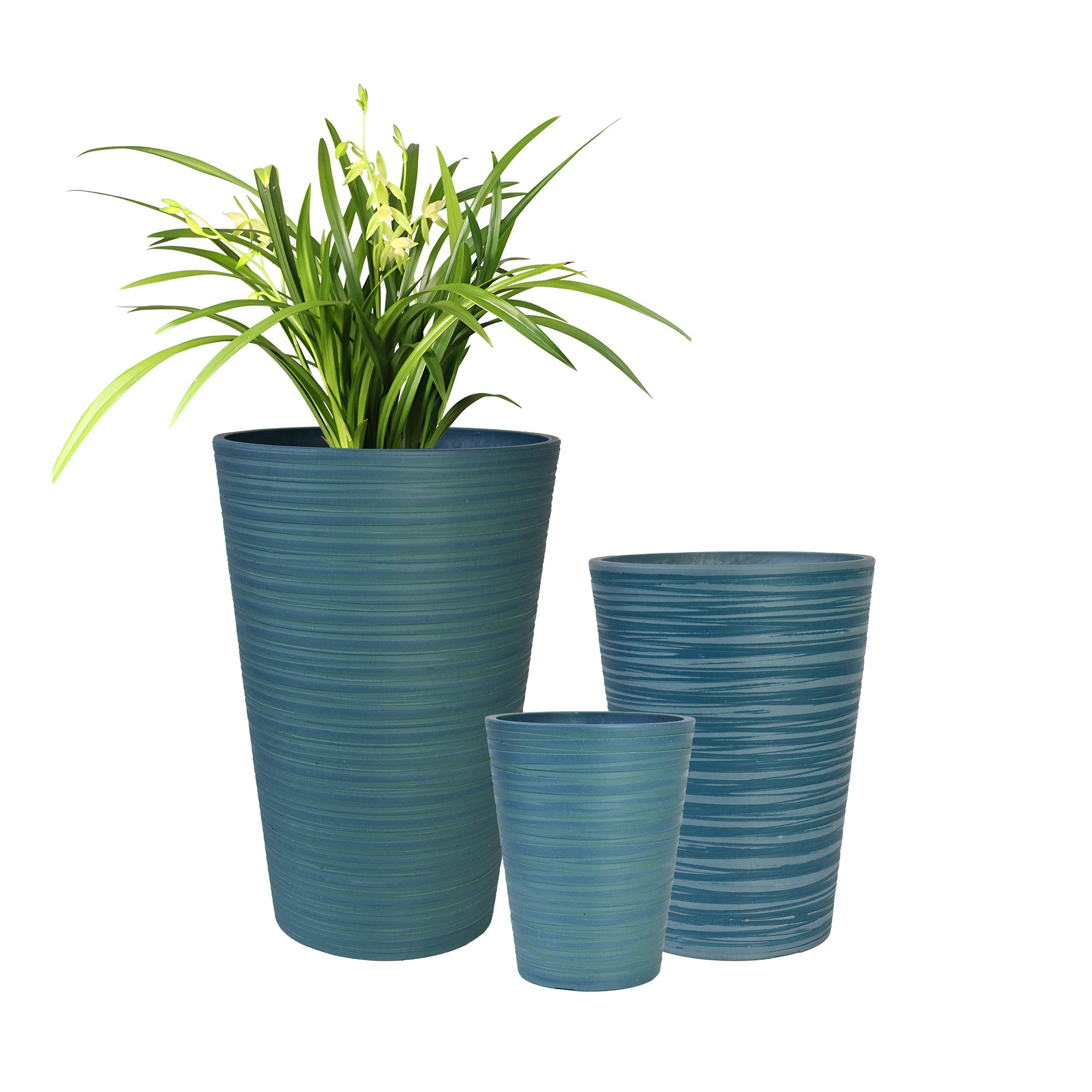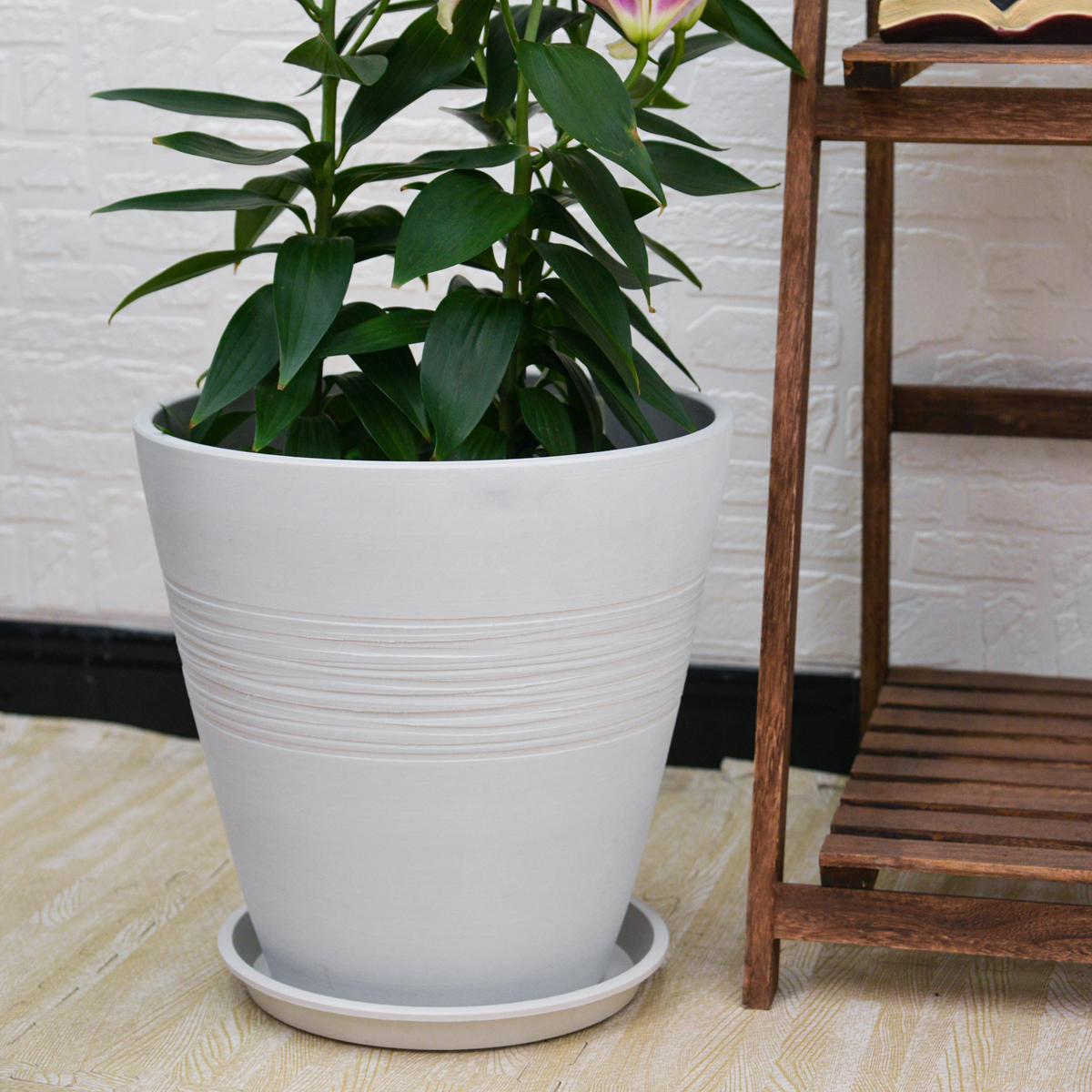Does Potted Sage Need Regular Repotting? What Is the Best Time to Repot It?
Repotting is an essential part of caring for many container-grown plants, including sage (Salvia spp.). As plants grow, their root systems expand, and eventually, they can outgrow their pots. For American gardeners cultivating sage in containers, understanding when and how often to repot is crucial for maintaining the plant’s health and vigor.
Does Potted Sage Need Regular Repotting?
Yes, potted sage generally benefits from repotting every 1 to 2 years. This frequency can vary depending on the growth rate of your specific sage variety and the size of its initial container. Regularly repotting provides fresh soil, which replenishes nutrients, and gives the roots more space to expand, promoting healthier growth.
Signs That Your Potted Sage Needs Repotting:
Keep an eye out for the following signs that indicate your sage plant might be ready for a larger container:
- Roots Growing Out of Drainage Holes: This is a clear sign that the roots have filled the pot and are seeking more space.
- Plant Drying Out Quickly: If you find yourself needing to water your sage more frequently than usual, it could mean that the root system has become so dense that it’s displacing much of the soil, leading to faster drying.
- Stunted Growth: If your sage plant’s growth seems to have slowed down or stopped, despite consistent care, it might be root-bound.
- Roots Circling the Inside of the Pot: When you gently remove the plant from its pot (if you’re unsure), tightly circling roots are a telltale sign that repotting is necessary.
The Best Time to Repot Sage:
The best time to repot your sage plant is typically in the spring. This is because the plant is entering its active growing season, and the fresh soil and extra space will give it a boost for the months ahead. Repotting during this time allows the plant to recover quickly from any root disturbance.
While spring is ideal, you can also repot sage in the early summer if needed. Avoid repotting during the hottest parts of summer or late fall, as the plant may be more stressed during these times.
How to Repot Your Potted Sage:
- Choose a Larger Pot: Select a new pot that is about 1 to 2 inches wider and deeper than the current one. Ensure it has good drainage holes.
- Prepare the New Pot: Fill the bottom of the new pot with a layer of fresh, well-draining potting mix suitable for herbs.
- Carefully Remove the Sage: Gently loosen the soil around the edges of the old pot. Tip the pot sideways and carefully slide the sage plant out, supporting the base of the stems.
- Loosen the Roots: Gently tease apart any tightly circling roots at the bottom of the root ball. If the plant is severely root-bound, you can trim off the very tips of the thickest roots to encourage new growth.
- Place in the New Pot: Center the sage plant in the new pot and fill the remaining space with fresh potting mix, ensuring the top of the root ball is level with the soil surface. Leave about an inch of space below the rim for watering.
- Water Thoroughly: After repotting, water the sage thoroughly until water drains out of the bottom of the pot.

By repotting your potted sage every year or two when it shows signs of being root-bound, you’ll provide it with the optimal conditions for continued healthy growth and abundant harvests.
20T
By greenship|2024-08-13T06:42:22+00:00August 13, 2024|Categories: Hand-carving Series|
Plant Pots 6 inch 8 inch 12 inch for Indoor Outdoor Plants, Set of 3 Modern Decorative Planter with Drainage Hole, Decorative Flower Pots
By greenship-seo|2025-04-10T06:38:40+00:00January 16, 2025|Categories: Hand-carving Series|Tags: Decorative Flower Pots|
11V
By greenship|2024-08-13T03:05:48+00:00August 13, 2024|Categories: Hand-carving Series|
Planter 6 in W / 8 in W / 12 in W Indoor or Outdoor Plants, Modern Decorative Plant Pots with Drainage Hole, Decorative Flower Pots
By greenship-seo|2025-02-06T13:43:53+00:00January 16, 2025|Categories: Hand-carving Series|Tags: Decorative Flower Pots|
KC2-GS
By greenship|2024-08-16T06:30:21+00:00August 16, 2024|Categories: Hand-carving Series|
k2-21G
By greenship|2024-08-13T06:17:26+00:00August 13, 2024|Categories: Hand-carving Series|







